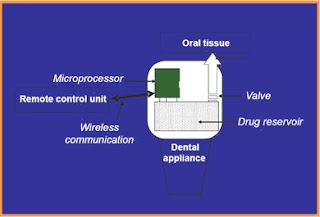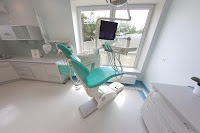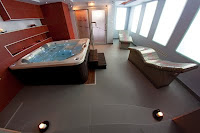The National Museum of Dentistry in Baltimore conducted a laser scan of the first American president's prosthesis. Contrary to what is commonly believed in the United States, the denture was not made of wood. The researchers, supported by historians, are going to use this information to create a new, more expressive form of Washington's wax model in natural size (190 cm tall), and also reveal some aspects of his personality that were previously overlooked.
"People know that Washington was great, but they are firmly convinced that he was also a very boring man. They get more and more convinced of this opinion by the looking at the most famous portrait of the first president - "one dollar bill" said James C. Rees, director of the Mount Vernon Estate, the house-museum in Washington's Northern Virginia. "Of all the Founding Fathers of independent America he was the most athletic, well-danced, well traveled on horseback and his life was full of numerous adventures."
Washington started losing his teeth before 30 years of age. Anthropologist, specialist in forensic medicine at the University of Pittsburgh came to the Museum of Dentistry to supervise laser scans on one of four of Washington's dentures.First Washington started losing his teeth before 30 years of age. Anthropologist, specialist in forensic medicine at the University of Pittsburgh came to the Museum of Dentistry to supervise the laser scans of one of four of Washington's dentures. The prostheses were made from gold, ivory, lead, human and animal teeth. The dentures had springs to help them open and maintain in one piece.
The work on the project began in July 2007, when Schwartz and other researchers made digital scans of objects exhibited in Mount Vernon, including Washington's spectacles, dentures, and his bust made by the French artist Jean Antoine Houdon, for whom Washington posed at the age of 53.









